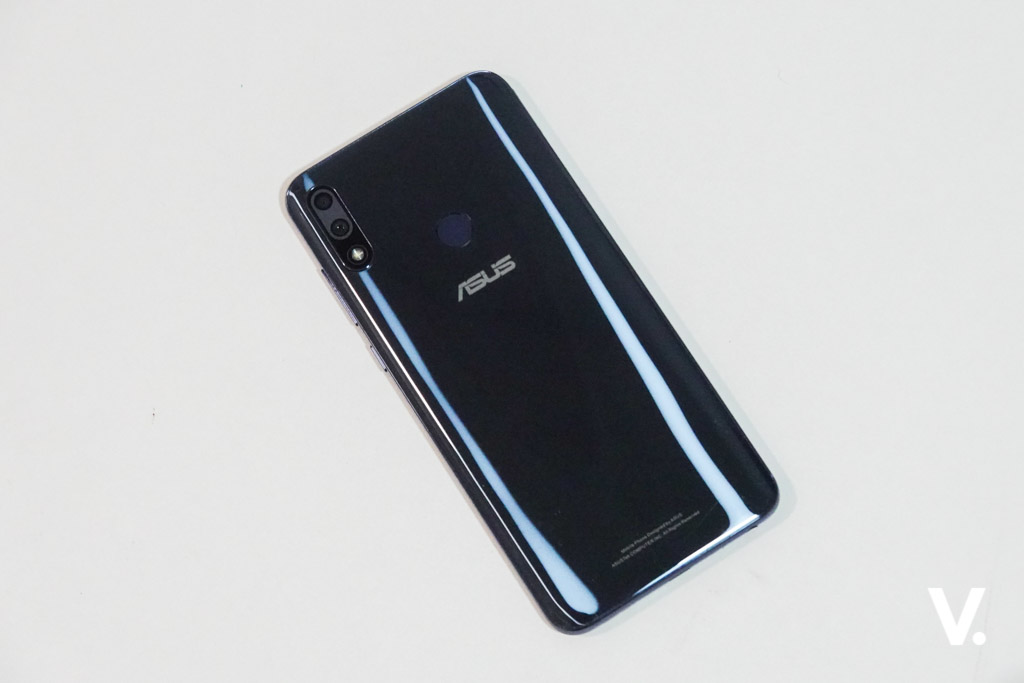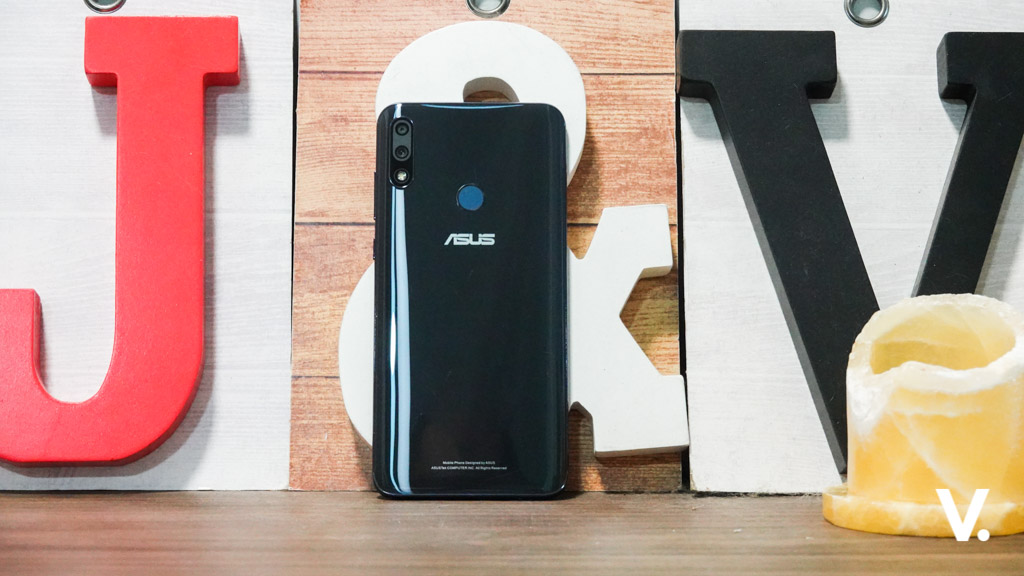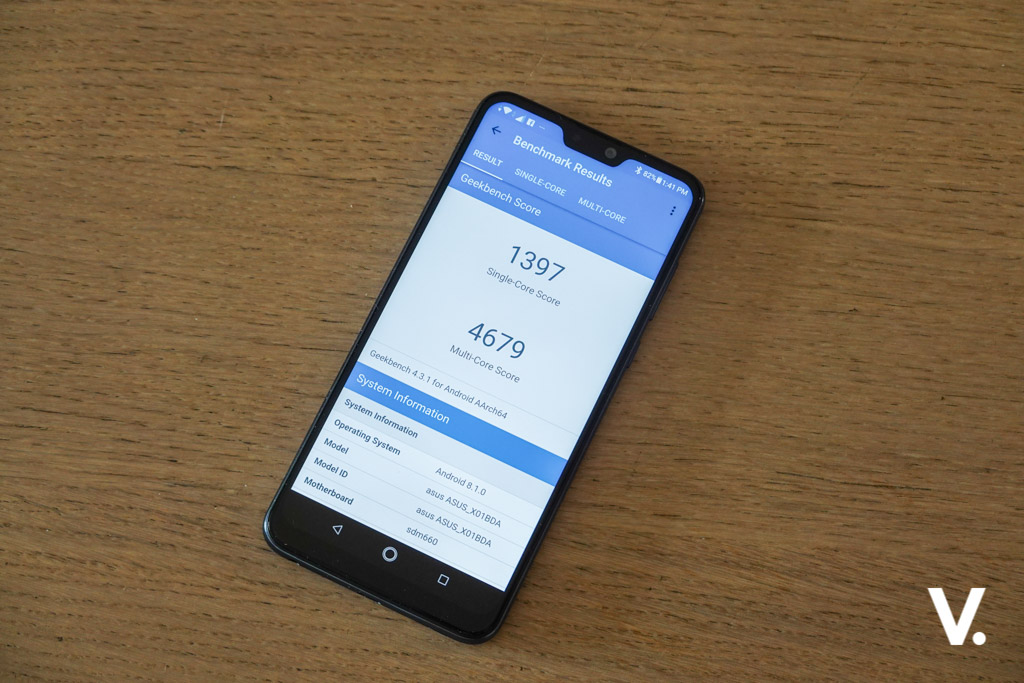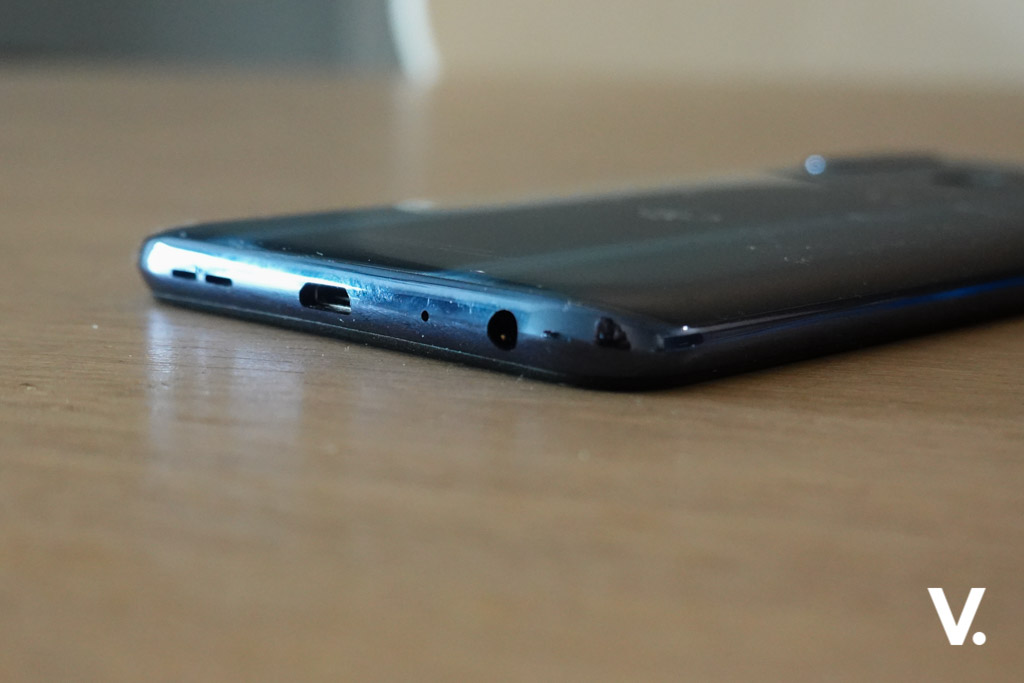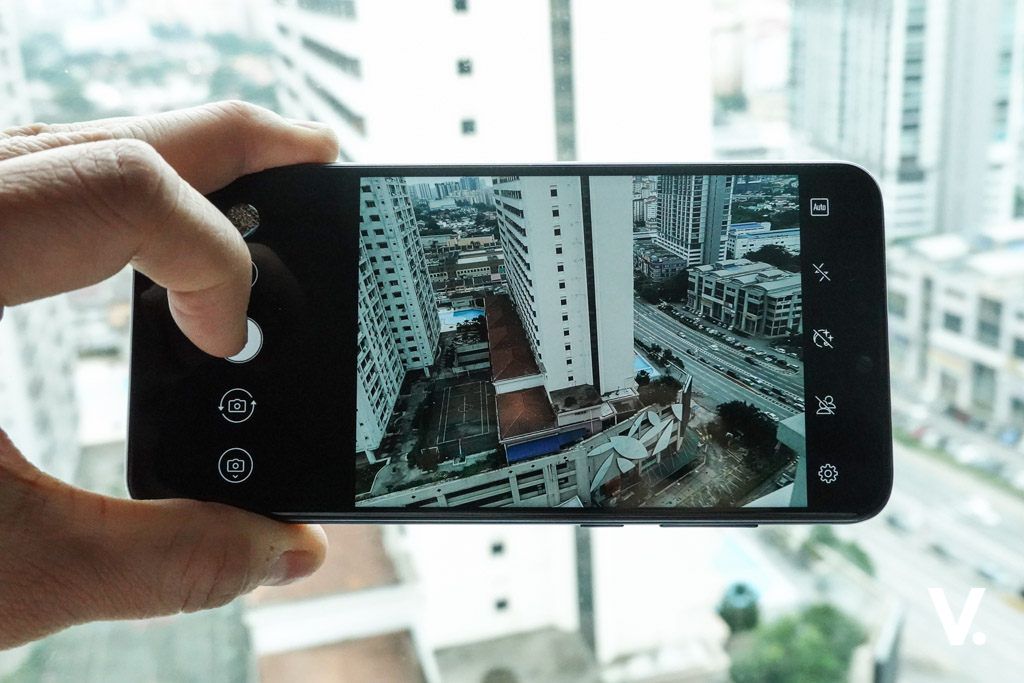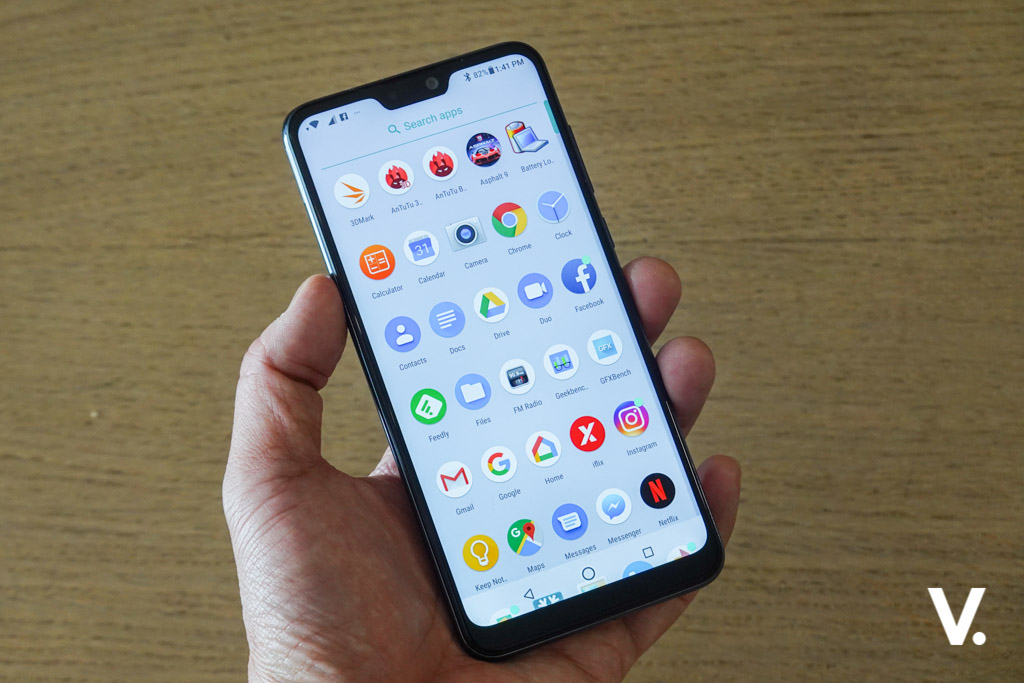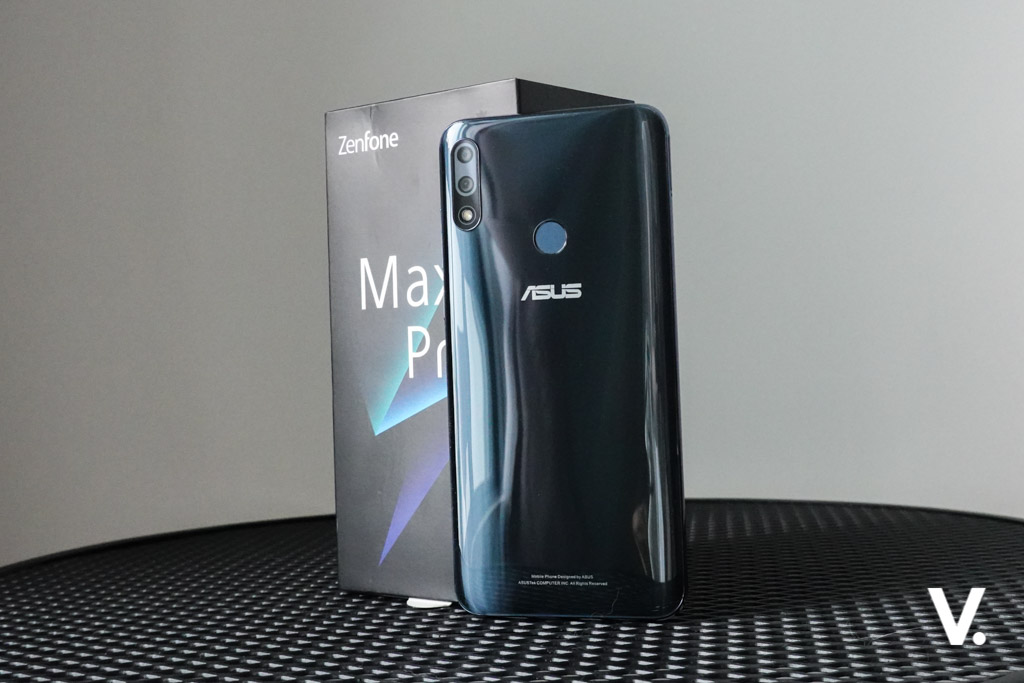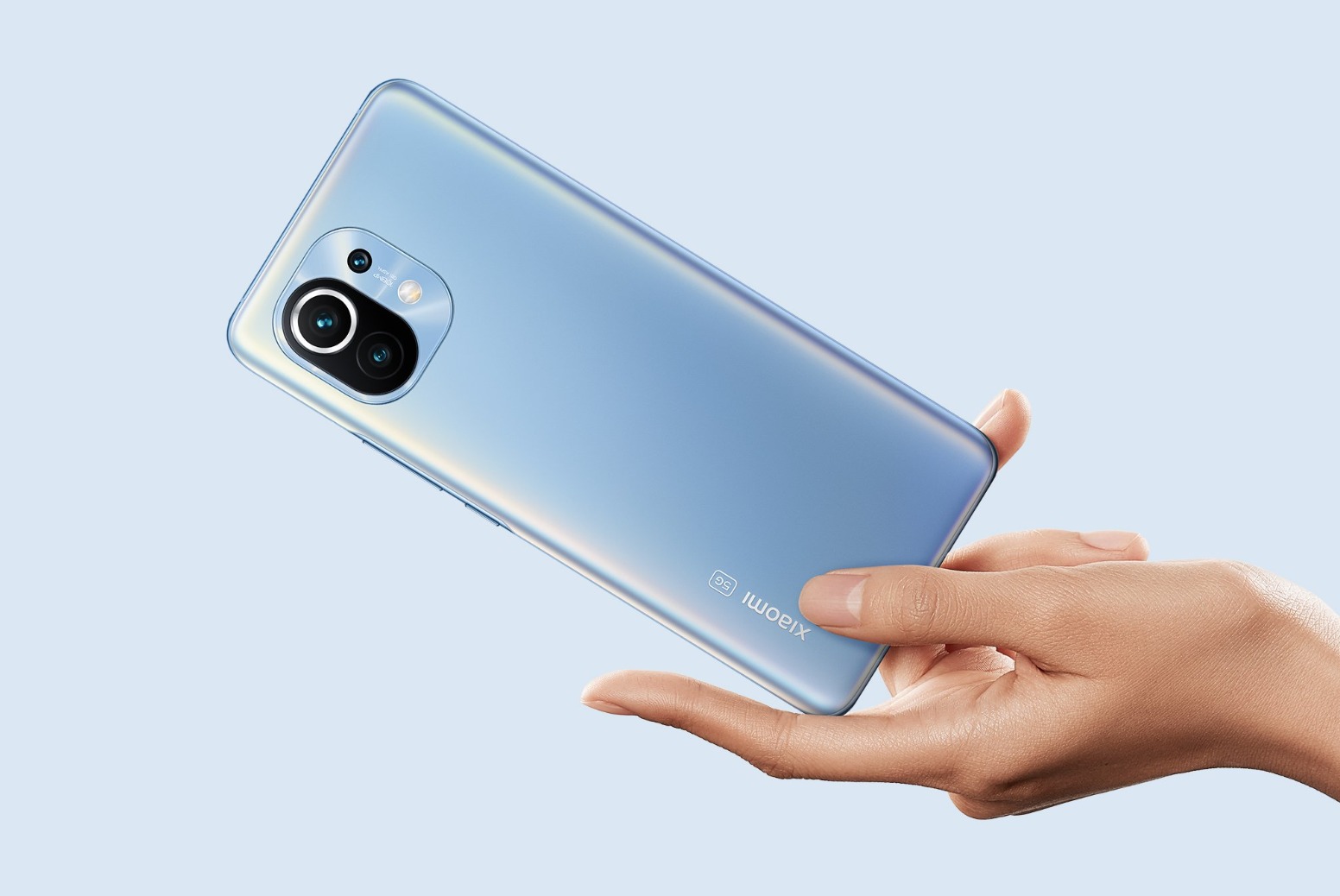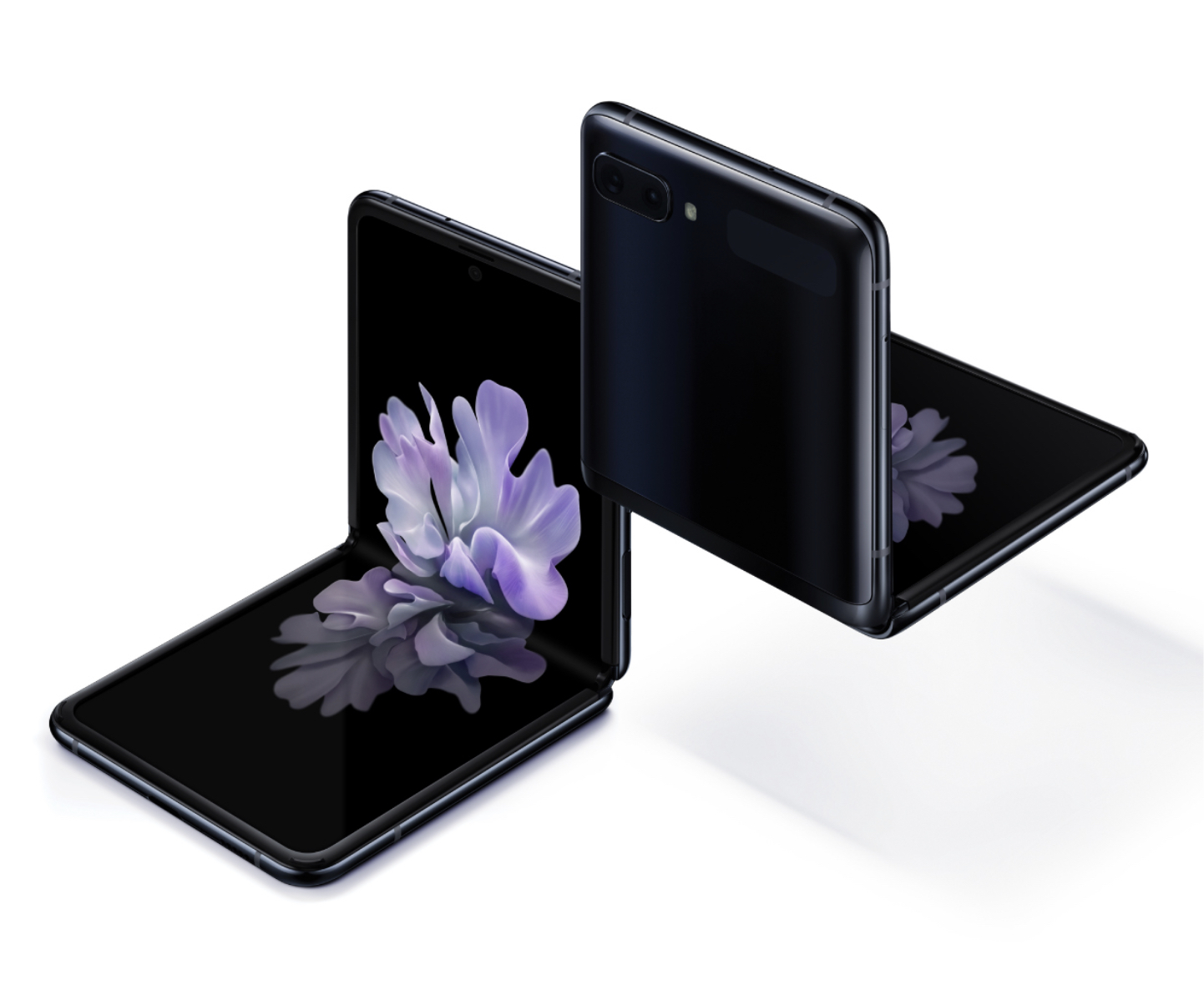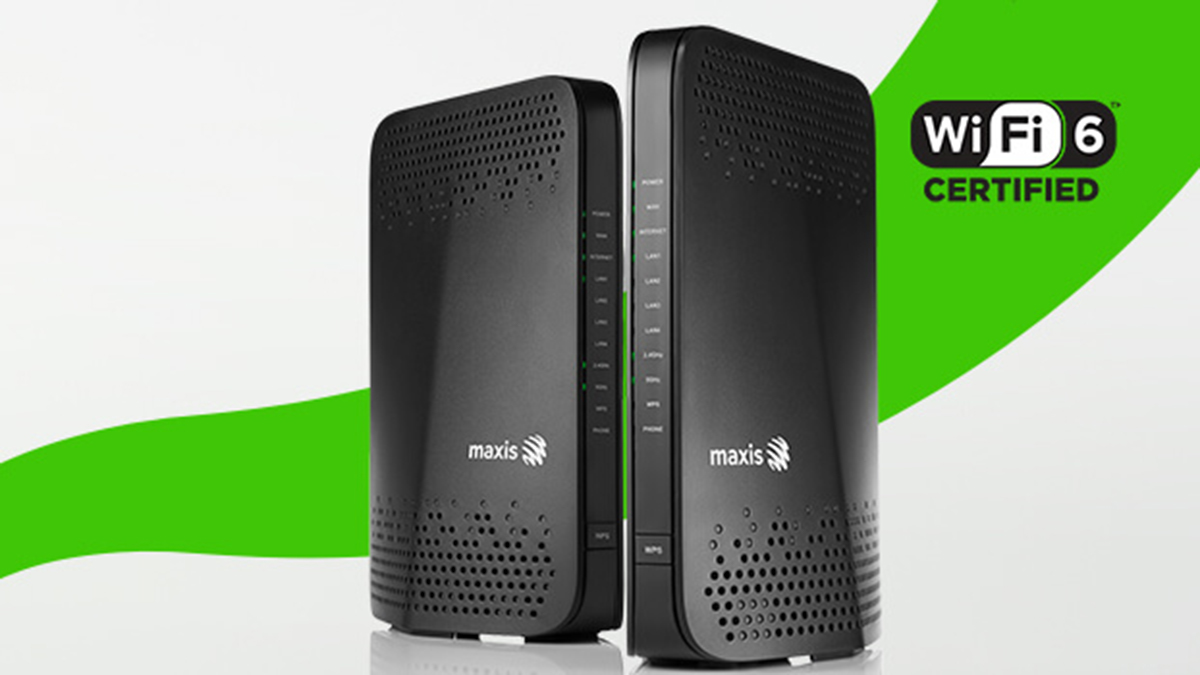ASUS launched the ZenFone Max Pro M2 in India and Indonesia yesterday, and while there isn’t a launch proper in Malaysia, it’s available for pre-order from now until 17 December 2018. I’m lucky enough to get an early seed unit (from Indonesia) for a hands-on, so I’ll pen my first impressions of the device here. In case you missed it, you can also have a look at some sample photos I shot using the device earlier on.
First, a little backgrounder of this oddball device. I call it oddball because it doesn’t quite fit into the main ZenFone family tree. The reason why it’s decoupled, ASUS says, so that it can be agile and adapt quickly to market trends. The ZenFone Max Pro M2 is a testament of that, making an entry into the market barely six months after the original.
Now, the first ZenFone Max Pro M1 was a neat package – good design and build, segment-leading specs, amazing battery life and an enticing price tag. Positioned as a livewire gaming device, it offered tremendous value to consumers. Some even call it the Redmi Note 5 killer, Xiaomi’s similarly spec-ed effort in the mid-range segment. It’s too close to call. And if engagements on my ZenFone Max M1 and Redmi Note 5 posts are any indication, the world’s divided about which one’s ultimately better.
And that’s a good thing. It keeps both parties on their toes. And consumers happy.
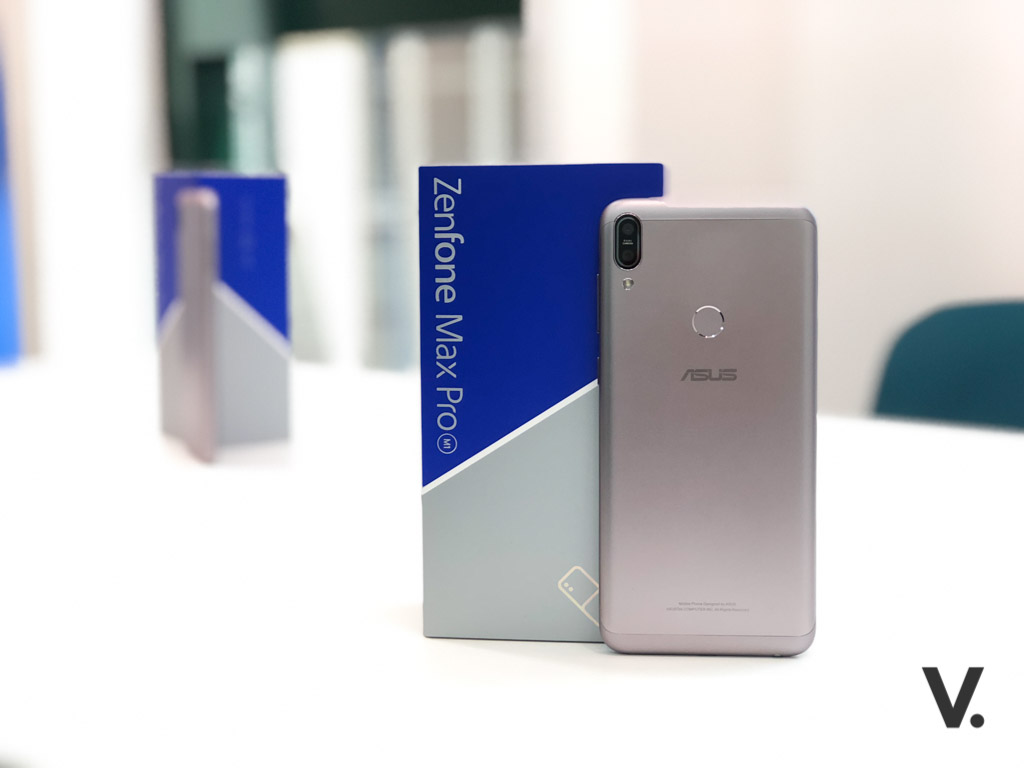 One of the pain points of the original ZenFone Max Pro M1 though, was its cameras. ASUS admits that the focus was on gaming performance and battery life, and thus the cameras were a “by the way” thing.
One of the pain points of the original ZenFone Max Pro M1 though, was its cameras. ASUS admits that the focus was on gaming performance and battery life, and thus the cameras were a “by the way” thing.
The Redmi Note 5 soundly beats the ZenFone in this regard, offering better quality photos and camera experience.
ASUS hopes to change that with the new ZenFone.
 Goodbye metal, hello “glass”
Goodbye metal, hello “glass”
In terms of design, the ZenFone Max Pro M2 moves away from the metal-clad body of the old. It’s kind of a shame because I liked the original. The M2 is now a glass-look plastic body with an organic wave finish design. It does add a touch of panache to the phone, I admit, but it’s also an incredible dust and fingerprint magnet. Nothing a slap-on case or a cleaning cloth can’t help though.
It feels good in the hand, and a tad lighter than the old. You’ll find it marginally lighter, and this is confirmed in official specs – 175g over 180g (M1).
[irp]
Better hardware
On the front, the M2 comes with a large 6.3-inch FHD+ all-screen display which boasts a 90 percent screen-to-body ratio. It’s not a bad display offering 94 percent NTSC colour gamut and a high 1500:1 contrast. By the way, it’s the world’s first smartphone to come with Gorilla Glass 6 protection. A feather on the cap for you then, ASUS.
The display is sufficiently bright and crisp. Games and videos look good and text on screen is sharp. You will find yourself struggling in bright sunlight though, which comes at no surprise (since it isn’t like a Super AMOLED 1000-nit Samsung panel).
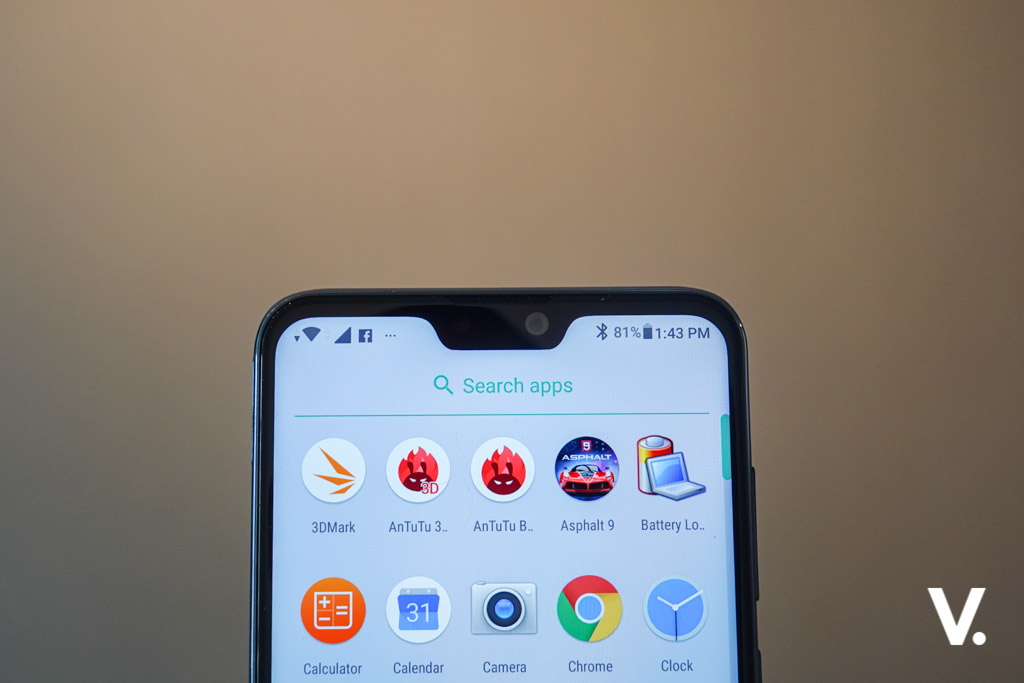 There’s a notch (boo!) but it’s considerably smaller than others. I don’t have a huge problem with it except that with notches on most phones, it isn’t optimised for content and apps.
There’s a notch (boo!) but it’s considerably smaller than others. I don’t have a huge problem with it except that with notches on most phones, it isn’t optimised for content and apps.
Under the hood, the M2 is powered by the powerful but energy efficient Qualcomm Snapdragon 660AIE processor, coupled with up to 6GB of RAM and 64GB of storage.
64GB of storage is basic by today’s standards, and oddly, ASUS is only offering this storage configuration. The good news is, you can easily slot in a microSD card (up to 2TB) in the triple slot card tray.
I did some early benchmark tests with AnTuTu and GeekBench 3 and results were as expected. Benchmark performance is improved over the Snapdragon 636 but I think you’ll be hard-pressed to notice too much difference in real world usage.
I also can’t say if games play better or with better frame rates compared to the original M1. Overall performance is snappy and games play well.
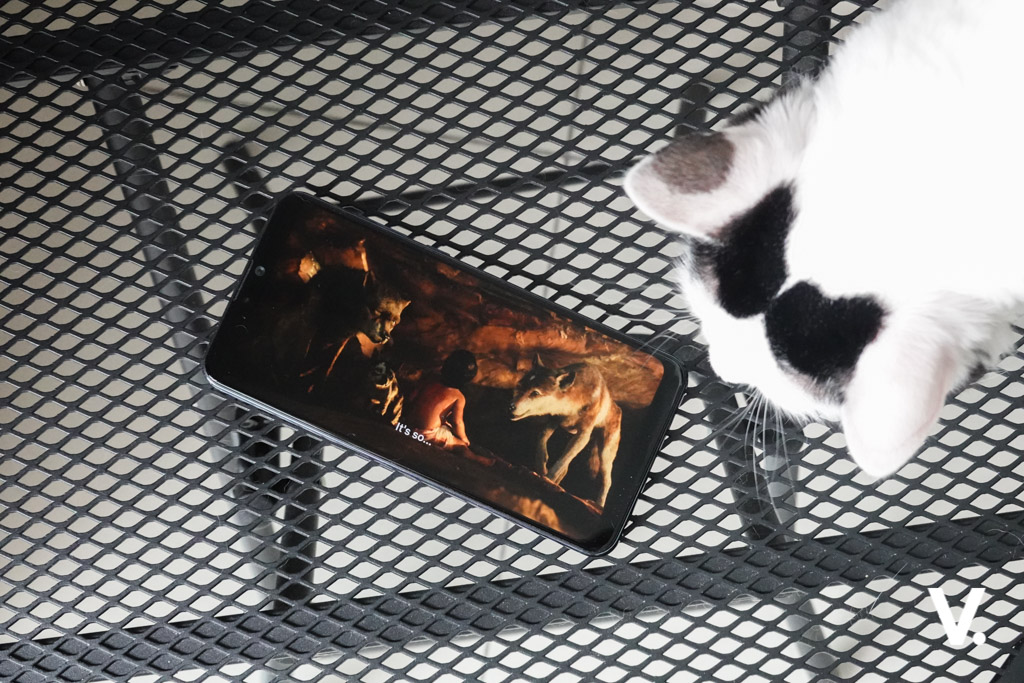 If you love watching movies, playing games and listening to music on your smartphone then the ZenFone Max Pro M2 will keep your ear drums happy. The single down-firing speakers are powerful and offer above average dynamic range. And if you want more private time, you can plug in your favourite headphones.
If you love watching movies, playing games and listening to music on your smartphone then the ZenFone Max Pro M2 will keep your ear drums happy. The single down-firing speakers are powerful and offer above average dynamic range. And if you want more private time, you can plug in your favourite headphones.
Big on battery life
When it comes to battery life, it’s one word – amazing. It’s the only phone I have (besides the M1) that I only need to charge every 2-3 days with regular use. For the M2 (when I first started using it), with light usage, I only charged on the fifth day. On average, I can get 5-6 hours of on-screen time with days of standby in reserve.
The downside of the 5,000mAh battery is that there’s no support for fast-charging. ASUS bundles a 5V/2A power brick in the box and it charges via old school micro-USB. Boo.
 Better camera, if slightly
Better camera, if slightly
So, the biggest gripe about the original ZenFone Max Pro M1 was the camera. I mean, it wasn’t all bad, but compared to its closest Redmi Note 5, it was almost a non-contest.
This time around, ASUS has integrated stronger cameras in the successor. The M2 rocks a 12MP Sony IMX486 sensor coupled with a fast f/1.8 aperture lens and a 5MP f/2.4 secondary depth lens. It boasts bigger 1.25 micron pixels which means better low-light performance. Additionally it also features fast phase detection autofocus (PDAF) which ASUS quotes at 0.03s. The main camera also supports 4K video recording with electronic image stabilisation (EIS) for 1080p @ 30fps video.
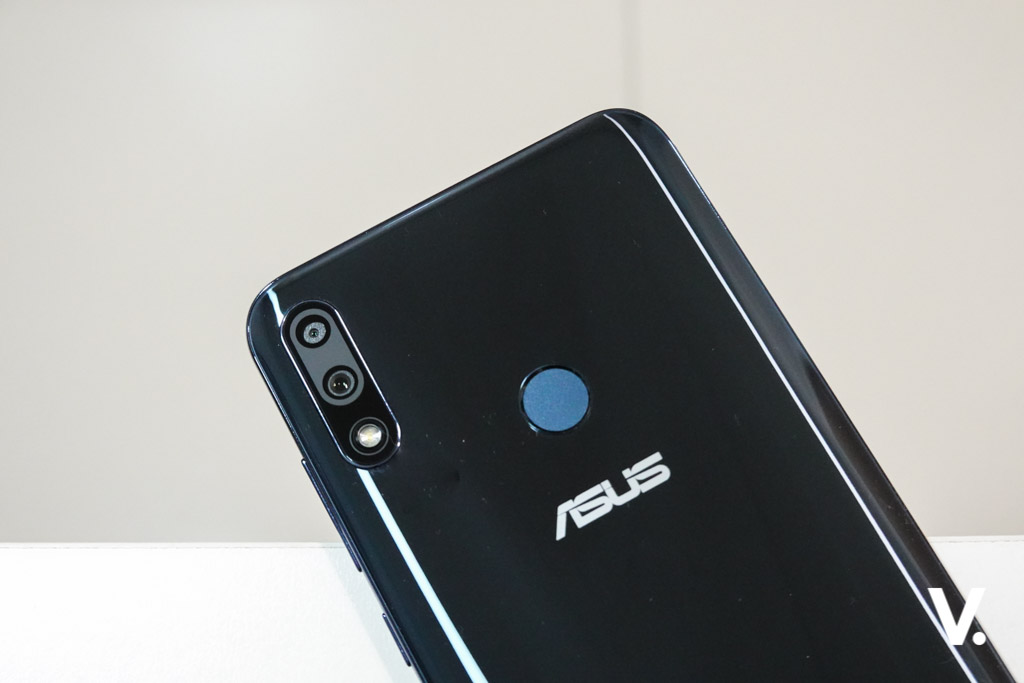 On the front, you’ll find a decent 13MP f/2.0 selfie shooter with soft light LED flash.
On the front, you’ll find a decent 13MP f/2.0 selfie shooter with soft light LED flash.
Based on early tests, the camera is quicker to focus and snappier overall as compared to the M1. The camera UI is familiar, and simple although I would have liked certain elements like HDR to be accessible on the main interface instead of hidden in a menu. There’s AI Scene detection built-in but it isn’t something you can turn on or off.
 Under ideal lighting conditions, the M2 can deliver some good images. It’s not the sharpest camera mind you, but colour reproduction is in general good with neutral white balance. Things can get tricky in dimly-lit situations, which isn’t surprising given a device at this price point. That said, keep your hand steady and the M2 will deliver decent results.
Under ideal lighting conditions, the M2 can deliver some good images. It’s not the sharpest camera mind you, but colour reproduction is in general good with neutral white balance. Things can get tricky in dimly-lit situations, which isn’t surprising given a device at this price point. That said, keep your hand steady and the M2 will deliver decent results.
 Portrait mode is its standout feature, I feel, as it does a good job of separating the main foreground subject with the background. Check out more sample shots here.
Portrait mode is its standout feature, I feel, as it does a good job of separating the main foreground subject with the background. Check out more sample shots here.
I found no issues with GPS performance, with the phone locking to GPS signal promptly. Scour the internet and you’ll stumble upon users complaining about GPS performance on some smartphone makes, ASUS included.
While it’s no big issue for me, some may find the lack of the faster 5GHz Wi-Fi a deal-breaker, the same feature absent from the original M1.
The ZenFone Max Pro M2 runs stock-ish Android 8.1 Oreo although there’s still some bloatware pre-installed onto the device.
 Pros
Pros
- Great value
- Good build and design
- Amazing battery life
- Good performance
- Nice audio
- Improved camera
Cons
- Body is fingerprint magnet
- Still some bloatware
- Camera can still be better
- No fast-charging
- No 5GHz Wi-Fi
- Only 64GB storage option
- Still uses micro-USB
 Early verdict
Early verdict
Without a doubt, the ZenFone Max Pro M2 is an improved device over its predecessor. ASUS stuck pretty much to the same winning strategy for the M2. Sure, it’s not without compromises. Considering the level of kit offered at this price point, it’s a buy from me.
Pricing and availability
The ZenFone Max Pro M2 retails for MYR859 (4GB RAM model) and MYR999 (6GB RAM model). You can pre-order the 4GB RAM model exclusively from Lazada Malaysia, while the 6GB RAM can be pre-ordered exclusively from Shopee.
Word has it that a cheaper, non-Pro M2 is coming next year. Stay tuned for that, too.


